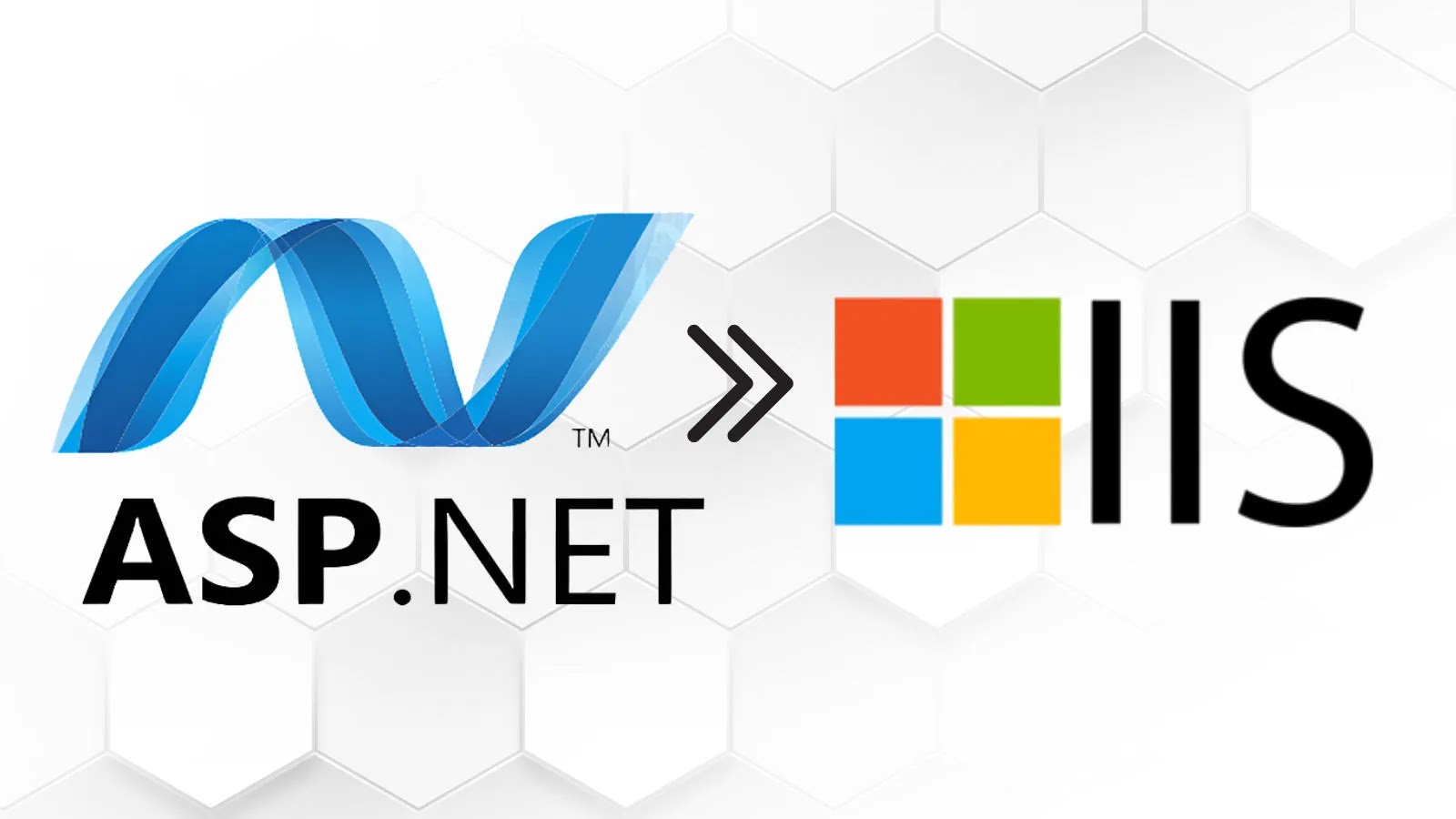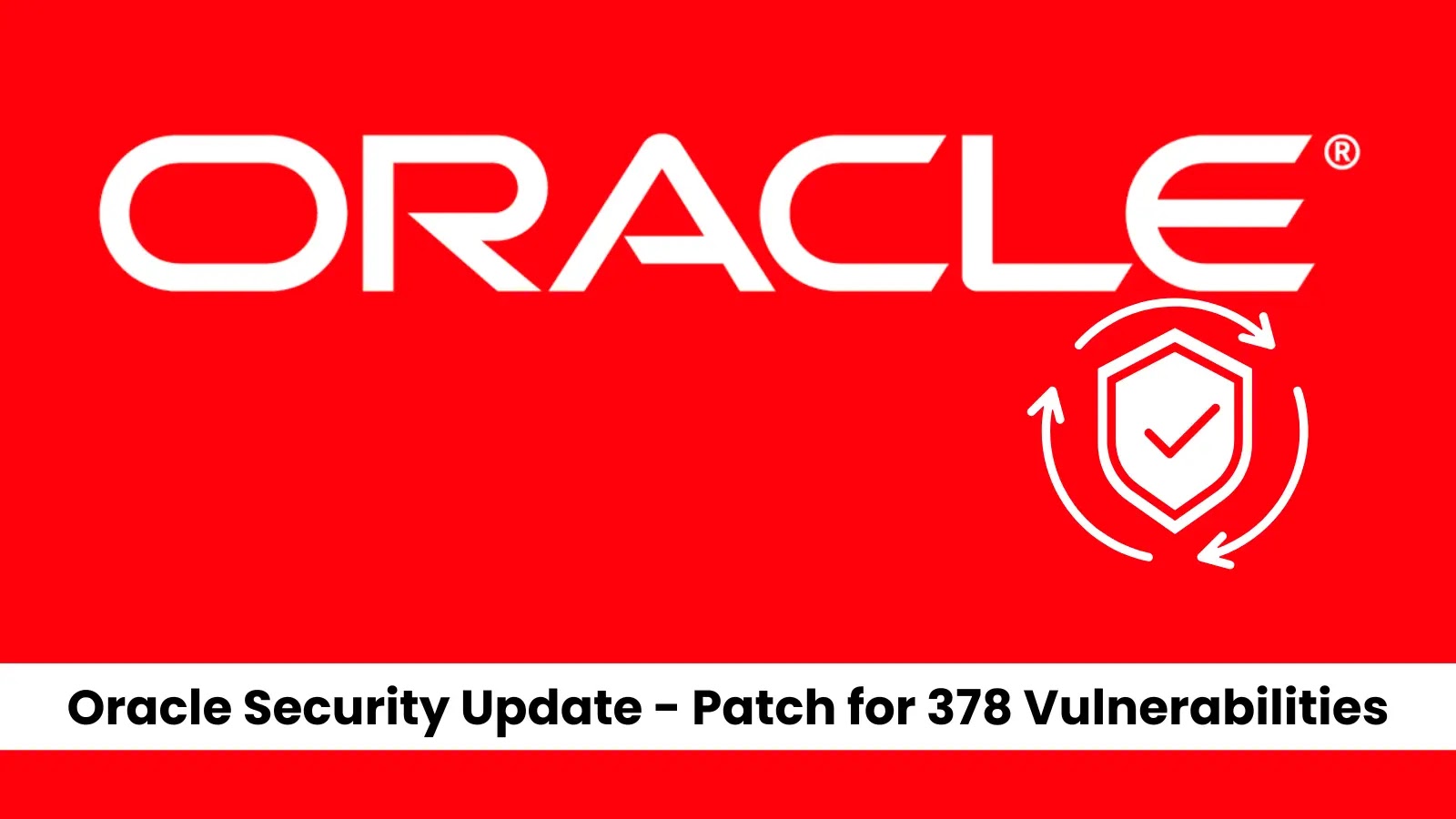In an era where operational technology (OT) systems are increasingly targeted by cyber threats, maintaining an accurate and up-to-date inventory of these systems has become paramount. Recognizing this necessity, cybersecurity agencies from the United States, Canada, Australia, New Zealand, the Netherlands, Germany, and the United Kingdom have collaboratively released a comprehensive guidance document titled Creating and Maintaining a Definitive View of Your OT Architecture. This initiative aims to assist OT operators in developing and sustaining a thorough understanding of their system architectures, thereby enhancing their cybersecurity posture.
The Importance of a Definitive OT Record
A definitive record encompasses a continually updated collection of documents that accurately represent an organization’s OT systems. Establishing such a record enables organizations to effectively assess risks and implement appropriate security controls. By adopting a holistic approach that considers the broader context of OT environments, organizations can better evaluate the criticality of assets and the potential impacts of compromises.
Challenges in Creating a Definitive Record
The process of creating a comprehensive OT system inventory is inherently complex and time-consuming. To address this, the guidance recommends prioritizing systems based on several factors:
1. Impact on Business Functions: Focus on systems whose compromise would significantly disrupt business operations.
2. National Impact Potential: Prioritize systems that, if compromised, could have broader implications beyond the organization.
3. Third-Party Connections: Pay attention to systems with external connections that can alter configurations or directly control processes.
4. Overall Exposure: Assess systems based on their vulnerability to external threats.
Five Key Principles for Establishing a Definitive OT Record
The guidance outlines five fundamental principles to assist organizations in creating and maintaining a definitive OT record:
1. Define Processes for Establishment and Maintenance: Develop clear procedures for collecting, validating, and updating OT system information. This includes identifying data sources, setting validation processes, and ensuring regular updates to reflect changes in the OT environment.
2. Leverage Asset Inventories and SBOMs: Utilize existing asset inventories and Software Bill of Materials (SBOMs) to gather detailed information about OT components. These resources provide insights into hardware and software configurations, dependencies, and potential vulnerabilities.
3. Implement Continuous Monitoring: Establish mechanisms for ongoing monitoring of OT systems to detect changes, unauthorized access, or anomalies. Continuous monitoring ensures that the definitive record remains current and reflective of the actual state of the OT environment.
4. Engage Stakeholders Across the Organization: Involve various departments, including IT, security, operations, and management, in the process. Collaborative efforts ensure a comprehensive understanding of OT systems and foster a culture of shared responsibility for cybersecurity.
5. Regularly Review and Update the Record: Schedule periodic reviews to assess the accuracy and completeness of the definitive record. Updates should account for system modifications, new deployments, decommissioning of assets, and evolving threat landscapes.
Benefits of Maintaining a Definitive OT Record
By adhering to these principles, organizations can achieve several benefits:
– Enhanced Risk Assessment: A comprehensive and up-to-date OT record allows for more accurate identification and evaluation of risks, enabling the implementation of proportionate security controls.
– Improved Incident Response: With detailed knowledge of OT systems, organizations can respond more swiftly and effectively to incidents, minimizing potential damage and downtime.
– Regulatory Compliance: Maintaining thorough documentation supports compliance with industry regulations and standards, demonstrating due diligence in cybersecurity practices.
– Informed Decision-Making: A definitive OT record provides valuable insights that inform strategic decisions regarding system upgrades, resource allocation, and security investments.
Conclusion
In the face of escalating cyber threats targeting OT environments, the collaborative guidance from international cybersecurity agencies serves as a crucial resource for organizations seeking to bolster their defenses. By creating and maintaining a definitive record of OT systems, operators can gain a holistic understanding of their architectures, assess risks more effectively, and implement robust security measures. This proactive approach not only safeguards critical infrastructure but also ensures the resilience and continuity of essential services.



